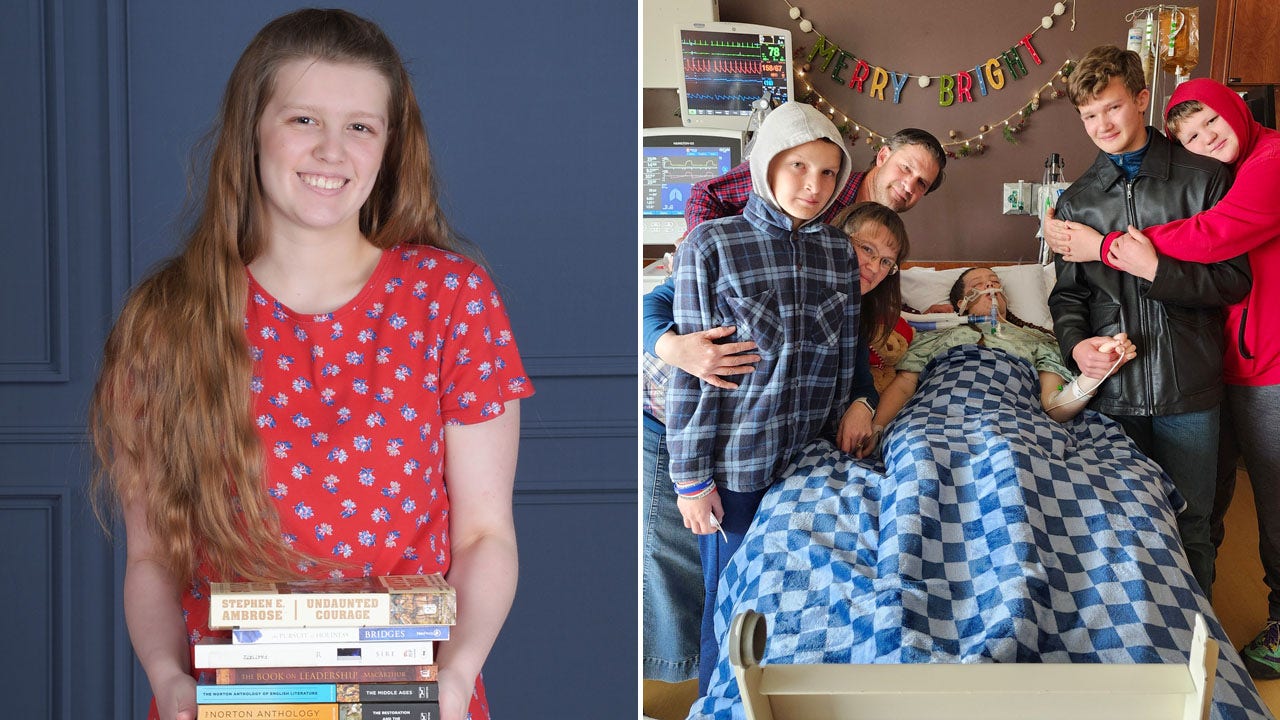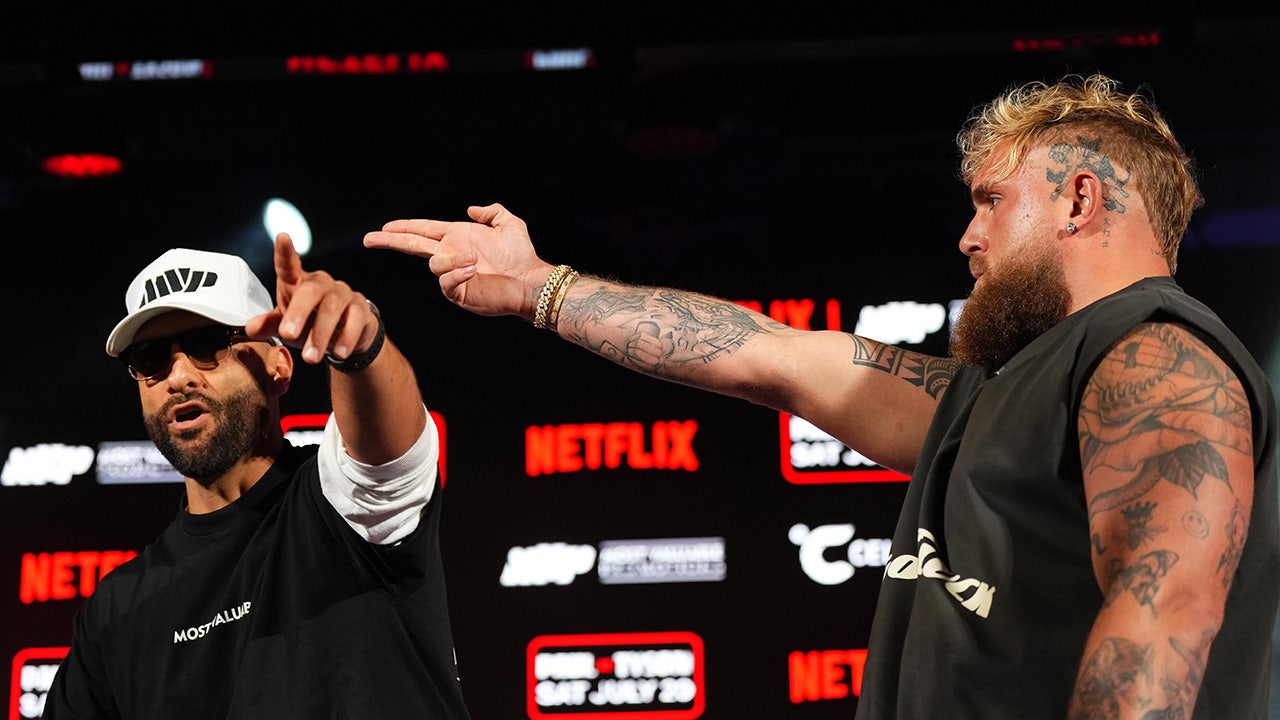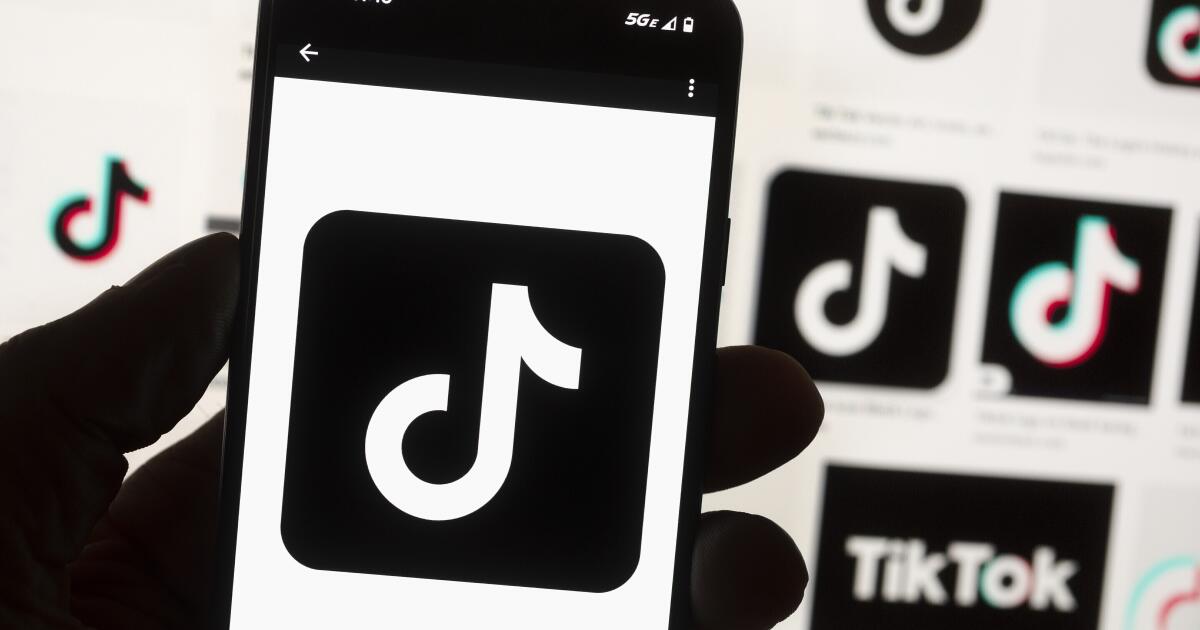South-Carolina
Volleyball Drops Weekend Finale to No. 4 Florida

COLUMBIA, S.C. – Gamecock volleyball returned home Sunday afternoon for its first home match since Sept. 3, opening the month of October against No. 4 Florida (11-2, 3-1 SEC). The Gators would take the match in four sets, dropping South Carolina to 6-7 overall and 0-4 in SEC play. While the team had a number of strong offensive performances, Florida committed just 11 total errors on offense to finish with a .347 hitting percentage in the win.
1st SET: After the game was delayed due to a fire alarm triggered in the Carolina Volleyball Center, the two sides kicked off the game with a point-for-point battle. There would be seven ties and three lead changes before the first timeout of the set, but the Gators would lock down South Carolina in the home stretch for a 25-19 win. Out of a 14-all tie, Florida scored seven of the next nine points and the Gamecocks would get no closer than three the rest of the way.
2nd SET: The Gators snapped up a healthy lead early and rode it to a 2-0 set lead with another 25-19 win. The visitors went ahead 7-3 from the start of the set and a game-high 10 Gamecock attack errors – just one less than Florida’s error total for the entire match – held off any chance of a rally from there. Florida was responsible for six of those errors, blocking down the Gamecock attackers, while its offense needed just 11 kills to get the win. Lauren McCutcheon led the team with an all-around effort in the set, finishing with four kills, four digs and a block.
3rd SET: South Carolina was able to extend the match thanks to an efficient third set from its offense, which converted nearly half its total attacks (37) into kills (18) in a 25-23 victory. Freshman Campbell Paris led the way early, with four kills in the team’s first 15 points. Despite the great numbers on offense for the home team, Florida never went away.
All told, there would be 14 ties and eight lead changes, with the Gators hitting .289 as a team and taking advantage of five Gamecock service errors to threaten a sweep late with a 21-20 lead. Senior Ellie Ruprich helped turn the tide late, putting together a solo block and a kill in a 3-0 run that flipped the scoreboard to 24-22 in Carolina’s favor and Riley Whitesides capped the win with her fifth kill of the set.
4th SET: Florida stormed out to a big lead in the fourth to squash any hopes of a further rally from South Carolina, carrying a 14-4 start to the set to a 25-20 win that clinched the match. The Gators built the early lead thanks to three service aces and four unforced errors by South Carolina, but the Gamecocks did manage to pressure their opponents with a strong finish. Trailing 19-9, South Carolina used an 8-2 run to get back within four, with Whitesides accounting for three kills in the run. A Morgan Carter service ace made it a 23-20 lead for Florida and would be the closest the team got since the start of the fourth, but the Gators closed out the win from there.
NOTABLE
- There were 2,111 fans in attendance on Sunday, the fourth time this season the Gamecocks had a crowd over 2,000. Prior to this season, there were just three games TOTAL with 2,000 or more fans in attendance in program history.
- The last time the team started conference play with four consecutive losses was during the 2015 season, when the Gamecocks started 0-6.
- South Carolina finished with the advantage in kills (56-54) and digs (51-36) in the loss, marking the first time since Oct. 8, 2022 (at Tennessee) that the team lost a match in which it led in both categories. The team entered Sunday with a 3-0 record when finishing with more kills and a 2-0 record when finishing with more digs this season.
- Behind her team-high 16 kills, Riley Whitesides surpassed 900 career kills in Sunday’s match. She is just the seventh woman since 2001 to reach 900.
- Kiune Fletcher followed up a career night at Ole Miss on Friday with 14 more kills and a .385 hitting percentage against the Gators. The senior has 83 kills over the last nine matches, more than she had over the first 40 games of her career.
- Florida enjoyed a strong advantage in both service aces (7-2) and total blocks (13-8). Over the last five matches, South Carolina has just 12 service aces total, compared to 47 for its opponents.
UP NEXT
After a busy start to conference play, the Gamecocks now have a small break in the action. They will next take the court on Sunday, Oct. 8, with a 4 p.m. match against No. 24 Auburn. It will be another national TV game for South Carolina, with ESPNU providing the coverage.
Follow @GamecockVolley on Twitter/X and @GamecockVB on Instagram for continued updates on the team throughout the season.

South-Carolina
Thomas, Davis lead South Carolina to 84-72 victory over Mercer

COLUMBIA, S.C. (AP) — Jamarii Thomas had 19 points and Zachary Davis scored 18 to lead South Carolina to an 84-72 victory over Mercer on Thursday night.
Thomas made 5 of 10 shots from the floor, including 4 of 5 from 3-point range, and 5 of 8 free throws for the Gamecocks (3-2). He also had three steals. Davis sank 7 of 12 shots with a pair of 3-pointers, adding five rebounds.
Collin Murray-Boyles scored 16 and finished a rebound shy of a double-double for South Carolina. Jacobi Wright scored 11.
Tyler Johnson hit four 3-pointers and led the Bears (2-3) with 15 points. Alex Holt and Angel Montas Jr. added 14 points apiece and Ahmad Robinson pitched in with 13 points and eight assists before fouling out. TJ Grant grabbed 10 rebounds off the bench.
Thomas and Davis scored seven points apiece in the first half to help South Carolina take a 36-32 lead into intermission. Cam Bryant scored all nine of his points and Johnson scored seven to keep Mercer (2-3) close. The difference in the first half was the Gamecocks made 5 of 9 free throws while the Bears did not attempt one.
South Carolina maintained a lead until Robinson buried a 3-pointer to put the Bears on top 60-59 with 10:47 left to play.
The Gamecocks moved back in front and a Myles Stute 3-pointer gave them their biggest lead to that point at 70-62 with 7:45 remaining. A Murray-Boyles dunk pushed the lead to double digits with 3:39 to go and South Carolina was not threatened from there.
It was the first time the two schools squared off since Dec. 30, 2001 — Dave Odom’s first season as South Carolina’s coach.
South Carolina will play Xavier in the Fort Myers Tip-Off on Monday.
KEY STAT
- South Carolina made a season-high 12 triples tonight, T-4th most in the Lamont Paris era.
- The Gamecocks held a 29-21 edge in bench points and a 11-3 edge in fastbreak points.
NOTABLES
- South Carolina has now won four-straight over Mercer with tonight marking the first victory over the Bears since 2001.
- Senior transfer Jamarii Thomas had a season-high 19 points to lead the team. He was 4-of-5 from behind the arc.
- Junior Zachary Davis had a career-high 18 points off the bench. He was 7-of-12 from the floor with five rebounds, two assists and a steal.
- Sophomore Collin Murray-Boyles had 16 points and nine rebounds, just missing another double-double. He was effective and efficient per usual, going 6-of-7 from the floor with a pair of steals on the defensive end of the floor. He was 2-for-2 from deep, the first two 3s of his career in 33 games played the last two seasons.
UP NEXT
The Gamecocks head south for a two-game MTE in the program’s debut at the Fort Myers Tip-Off. Carolina opens vs. Xavier (5-0) on Monday. Tip is 8:30 p.m. (ET) on FS1 with Jeff Levering (pxp) and Donny Marshall (analyst) on the call. The team will face either Virginia Tech or Michigan Wednesday.
###
South-Carolina
South Carolina Graduation Success Rate Figures Announced

The University of South Carolina athletic program tied for third in the Southeastern Conference in the latest Graduation Success Rate, released Wednesday by the NCAA.
The Graduation Success Rate (GSR) measures the number of scholarship student-athletes that graduate within a six-year period of their initial full-time enrollment. For this report, the GSR is based on student-athletes who entered college in the fall of 2017.
South Carolina’s athletic teams had a 94 percent score, which tied with Auburn University and the University of Mississippi in the SEC behind Vanderbilt (96) and Alabama (96). South Carolina’s Football GSR score (95) ranked second among SEC schools and South Carolina schools. It tied for ninth among all Power 5 schools.
“I am so proud of the academic achievements of our student-athletes,” said Athletics Director Ray Tanner. “Our student-athletes work hard in practice and in games, and they also put in the time with their academics. We have the staff and resources to help our student-athletes reach their goal of graduation.
An outstanding nine teams scored a perfect GSR (100): Men’s Soccer, Men’s Tennis, Women’s Basketball, Beach Volleyball, Softball, Women’s Soccer, Women’s Tennis, Women’s Track & Field, and Volleyball.
Thirteen of South Carolina’s NCAA-sponsored teams met or exceeded the Division I national average for their sport.
“Once again our student-athletes have demonstrated a strong tradition of academic dedication and tenacity”, said Charlie Ball, Associate AD. “Student-athletes at the University of South Carolina have a competitive edge in the classroom and in their respective sports. We are excited to have the ability to offer notable academic support and provide a one-of-a-kind SEC academic experience.”
A Record of Academic Success
Gamecock Athletics has developed a proud tradition of academic success, achieving numerous honors and reaching high levels of achievement during the 2023-24 academic year.
- Student-athletes at USC ended the Spring 2024 semester with a departmental grade point average (GPA) of 3.37. It was the 35th consecutive semester with a departmental GPA above 3.0. The cumulative GPA for all student-athletes in each sport since they arrived at Carolina is 3.41, which is the third highest cumulative grade point average ever for Gamecock student-athletes.
- 133 Gamecock student-athletes earned their degrees during the 2023-24 academic year.
- South Carolina had 430 members on the SEC Academic Honor Roll (fall, winter, spring, first-year), which was third in the SEC. Since 2015-16, South Carolina leads all schools with 3,748 members of the SEC Academic Honor Roll. South Carolina led all schools in SEC Academic Honor Roll in seven of the last nine years (2nd – 2017-18; 3rd – 2023-24).
- Six Gamecocks earned College Sports Communicators Academic All-America honors. It is the first time since 2021 that Gamecocks have had multiple first-team and six overall Academic All-Americans. The list includes Dylan Taggart, Men’s Track & Field (1st Team / CSC Academic All-America Track & Field Team Member of the Year), Sarah Hamner, Women’s Tennis (1st Team), Anass Essayi , Men’s Track & Field (2ndTeam), Cole Messina, Baseball (3rd Team), Skylar Allen, Beach Volleyball (3rd Team) and Louise Rydqvist, Women’s Golf (3rd Team).
- 43 Gamecocks earned College Sports Communicators Academic All-District honors and four earned conference Scholar-Athlete of the Year honors in their respective sports – Dylan Taggart (SEC Indoor & Outdoor Track Scholar-Athlete of the Year), Louis Rvdqvist (SEC women’s golf), Ayana Akli (SEC women’s tennis) and Skylar Allen (CCSA Beach Volleyball Scholar-Athlete of the Year).
South-Carolina
JuJu Watkins, Hannah Hidalgo, South Carolina highlight women’s games to watch this week

Napheesa Collier on what to expect from Unrivaled basketball league
Napheesa Collier chats with Mackenzie Salmon about the inspiration behind starting the new Unrivaled basketball league with Breanna Stewart.
Sports Seriously
Technically, Feast Week is still three days away, but given some of the star-powered matchups this week in women’s college hoops, those who are craving good basketball are going to get their fill — and then some.
The two biggest games of the week are both taking place in L.A., more proof that Hollywood really does attract the biggest and best stars. While USC-Notre Dame and UCLA-South Carolina will command plenty of attention, don’t discount some of the unranked and/or mid-major schools listed below. November is a great time to get familiar with non-brand names that could make a run come March.
And with that, here are five women’s college games to watch this week.
Belmont at No. 14 Duke
Thursday, 7 p.m. on ACC Network
Don’t be fooled by Belmont’s 2-2 record — the Bruins took No. 11 Ohio State to the wire last week, and Bart Brooks is one of the best coaches in the country, period. Belmont boasts a balanced scoring attack, with five players averaging 8.0 points or more, but in order to pull an upset in historic Cameron Indoor Stadium, they’re going to need Kendall Holmes (12.2 ppg, 4.8 rpg) and Emily La Chapell (11.5 ppg, 3.0 apg) to step up. Duke, which also has a balanced attack, won’t make it easy, especially if Ashlon Jackson (13.2 ppg, 40% 3FG) and Reigan Richardson (11.4 ppg, 41.2% 3FG) are hitting from outside.
No. 9 Oklahoma at UNLV
Friday, 3:30 ET on Mountain West Network
This could be interesting. UNLV has ruled the Mountain West for a few years, and is often ranked at the end of the regular season. But the Rebels have yet to make major noise in the NCAA tournament, even though they’re often a popular upset pick. Could a win at home over a top 10 team help build the confidence they need to do some damage in March? To upset the Sooners they’ll have to figure out how to handle junior center Raegan Beers (21.2 ppg, 11.8 rpg), arguably the top transfer in the country.
Harvard at Northwestern
Saturday, 1 p.m. ET on Big Ten Network+
Harvard’s already picked up one win against a Big Ten team, knocking off then-ranked Indiana in Bloomington in the second game of the season. And given that the Crimson feature one of the best players in the country you haven’t heard of — senior guard Harmoni Turner is averaging 23.8 points, 4.7 rebounds, 3.7 assists and shooting 45.1% from the field — the chances of notching another big road win look good.
No. 5 Notre Dame at No. 3 USC
Saturday, 4 p.m. ET on NBC/Peacock
The two best sophomores in the country, USC’s JuJu Watkins and Notre Dame’s Hannah Hidalgo take centerstage in a game that could very well break scoring records based on how much these two guards love to push pace. Watkins (21.5 ppg, 6.3 rpg, 4.8 spg) is pro-ready in just her second year of college hoops and Hidalgo (25.0 ppg, 5.2 spg) is maybe the best on-ball defender in the country, a pest who knows how to steal the ball and turn it into points on the other end. But these two are hardly one-woman shows. USC got a gem out of the transfer portal in Kiki Iriafen (17.3 ppg, 7.5 rpg) and the Irish’s other star guard, Olivia Miles (18.3 ppg, 6.8), is healthy after missing last season. You’re going to want popcorn handy when you tune into this game.
No. 1 South Carolina at No. 6 UCLA
Sunday, 4 p.m. ET on FS1
UCLA junior center Lauren Betts (21.5 ppg, 11.5 rpg) is an early favorite to contend for national player of the year honors. One thing that would help make a case for her: a stellar performance against the defending champs. That’s a tall task though, even for the 6-foot-7 Betts. She’ll be going up against Gamecocks like Joyce Edwards (10.0 ppg, 5.0 rpg), a freshman who plays like a veteran, and Ashlyn Watkins (5.7 ppg, 1.3 bpg), who proved last year she’s one of the best defenders in the country. Will UCLA and Betts be able to slow Chloe Kitts (17.3 ppg, 10.3 rpg) and Te-Hina Paopao (13.5 ppg, 44% 3FG)? They’ll have to in order to beat South Carolina. A big game from transfer Timea Gardiner (14.5 ppg, 57.7% 3FG) would also help.
USA TODAY Sports Coaches Poll: Defending national champions remain at No. 1
Email Lindsay Schnell at lschnell@usatoday.com and follow her on social media @Lindsay_Schnell
-
Business1 week ago
Column: OpenAI just scored a huge victory in a copyright case … or did it?
-

 Health1 week ago
Health1 week agoBird flu leaves teen in critical condition after country's first reported case
-

 Business5 days ago
Business5 days agoColumn: Molly White's message for journalists going freelance — be ready for the pitfalls
-
World1 week ago
Sarah Palin, NY Times Have Explored Settlement, as Judge Sets Defamation Retrial
-

 Politics4 days ago
Politics4 days agoTrump taps FCC member Brendan Carr to lead agency: 'Warrior for Free Speech'
-

 Science2 days ago
Science2 days agoTrump nominates Dr. Oz to head Medicare and Medicaid and help take on 'illness industrial complex'
-
/cdn.vox-cdn.com/uploads/chorus_asset/file/25739950/247386_Elon_Musk_Open_AI_CVirginia.jpg)
/cdn.vox-cdn.com/uploads/chorus_asset/file/25739950/247386_Elon_Musk_Open_AI_CVirginia.jpg) Technology4 days ago
Technology4 days agoInside Elon Musk’s messy breakup with OpenAI
-

 Lifestyle5 days ago
Lifestyle5 days agoSome in the U.S. farm industry are alarmed by Trump's embrace of RFK Jr. and tariffs


















